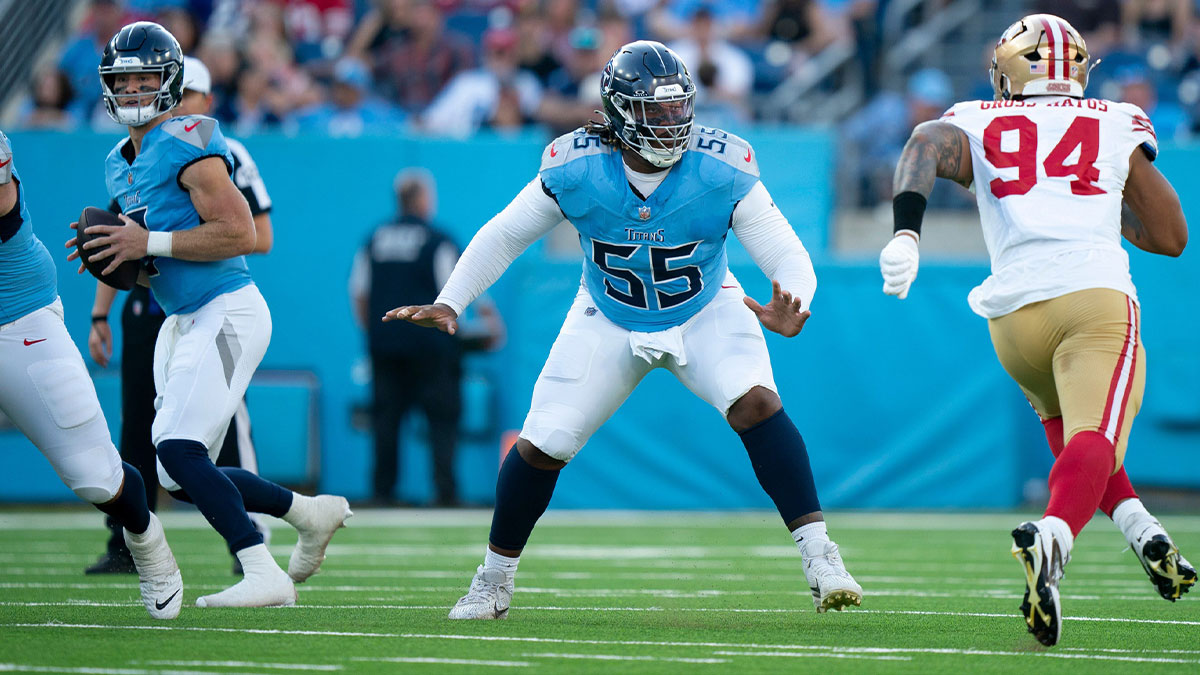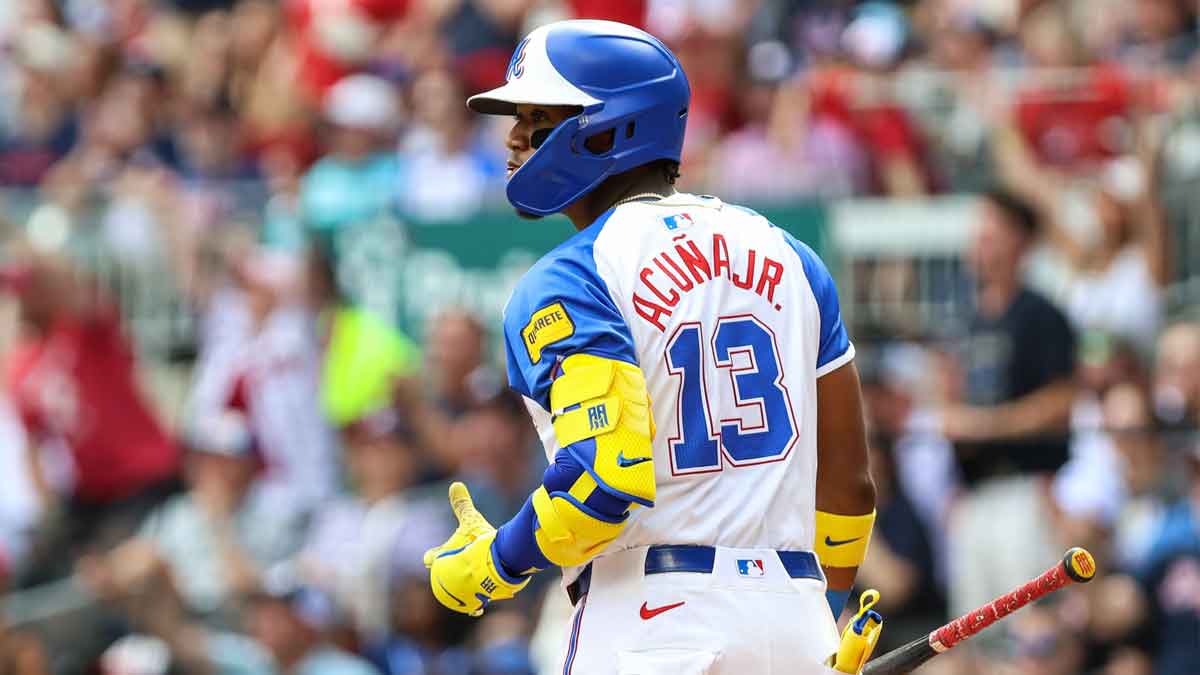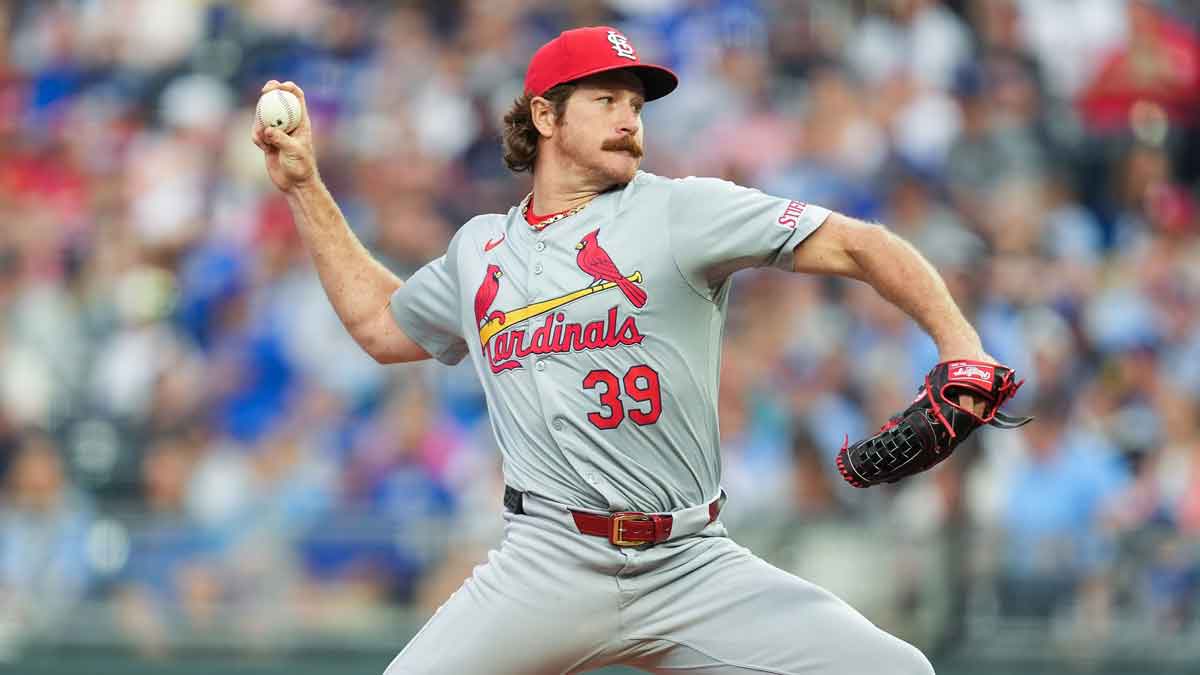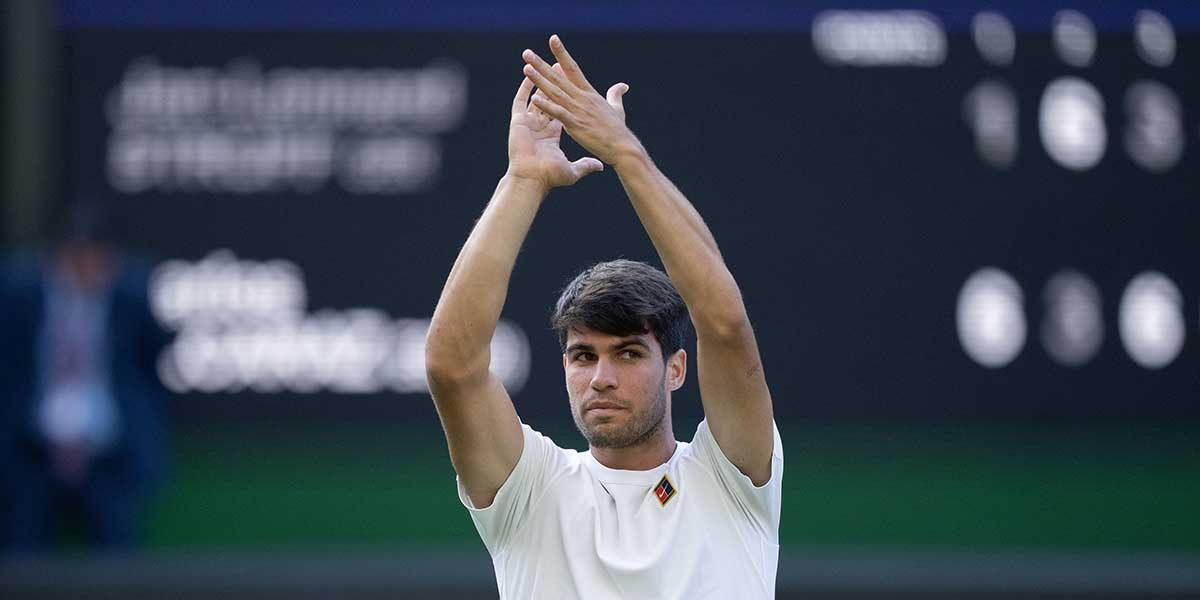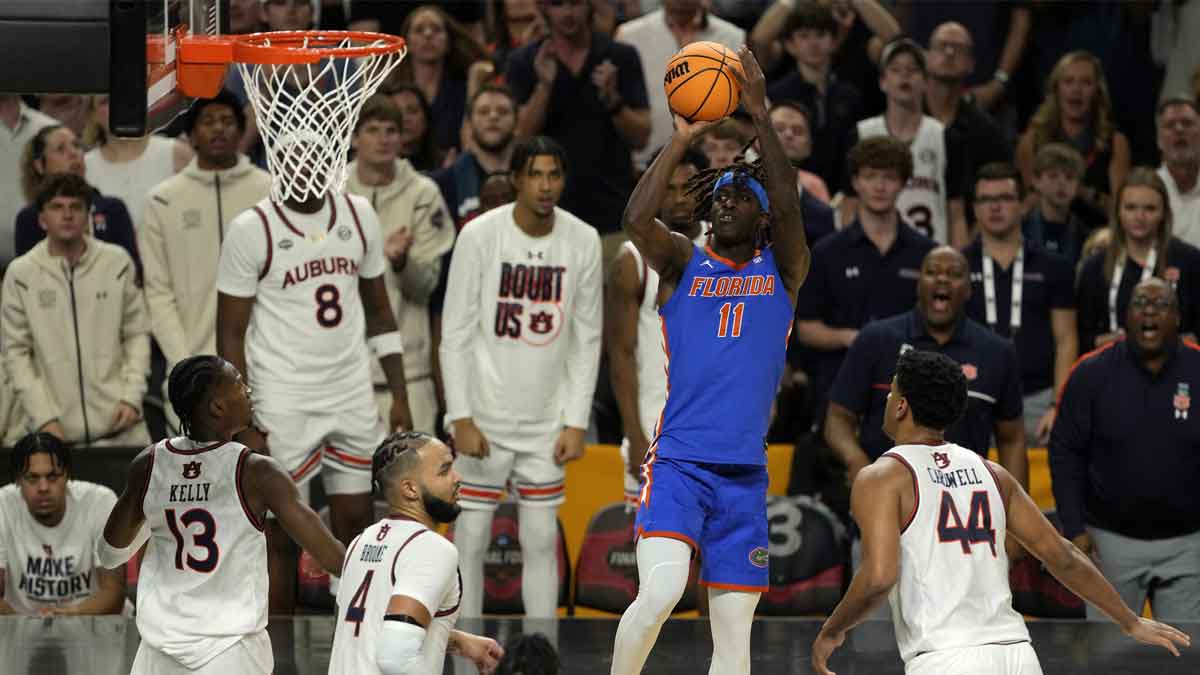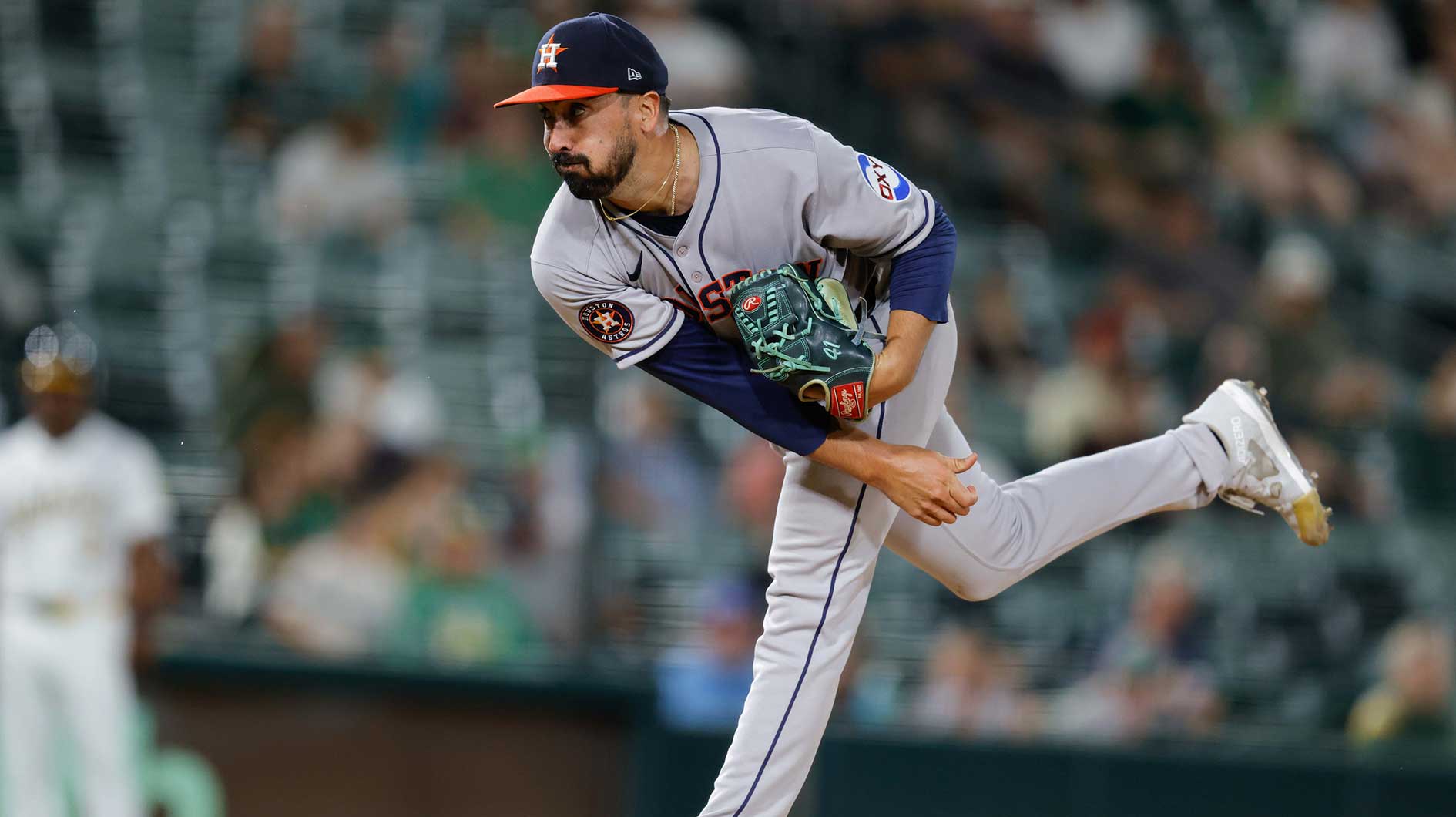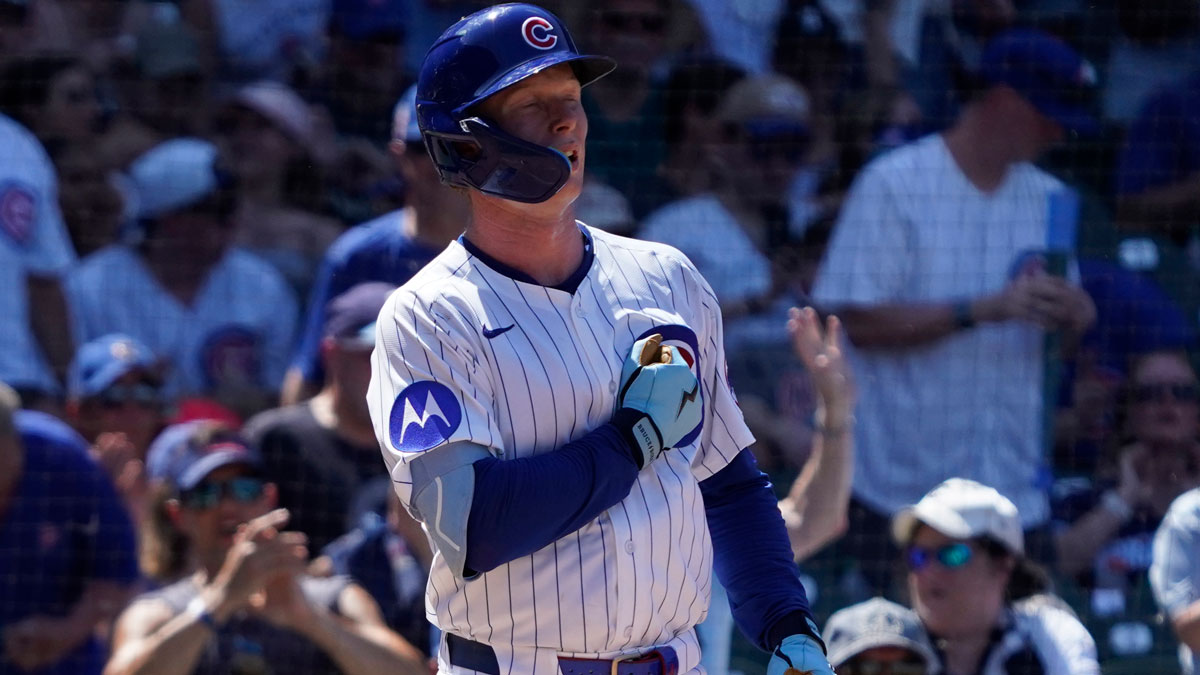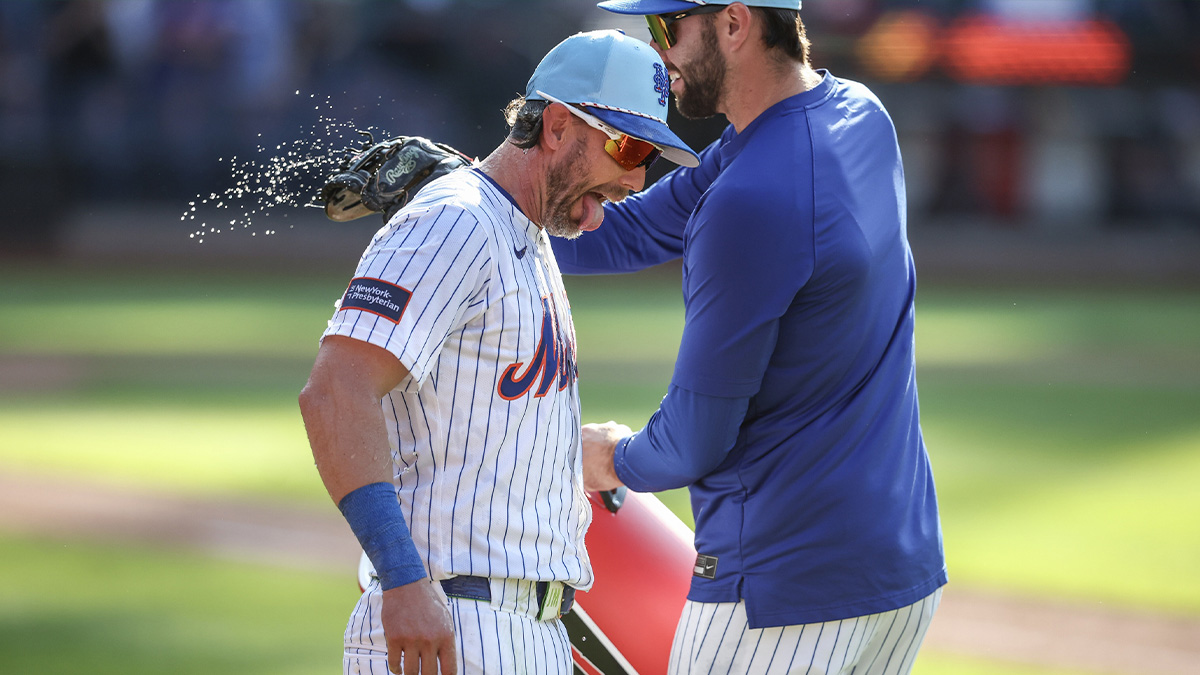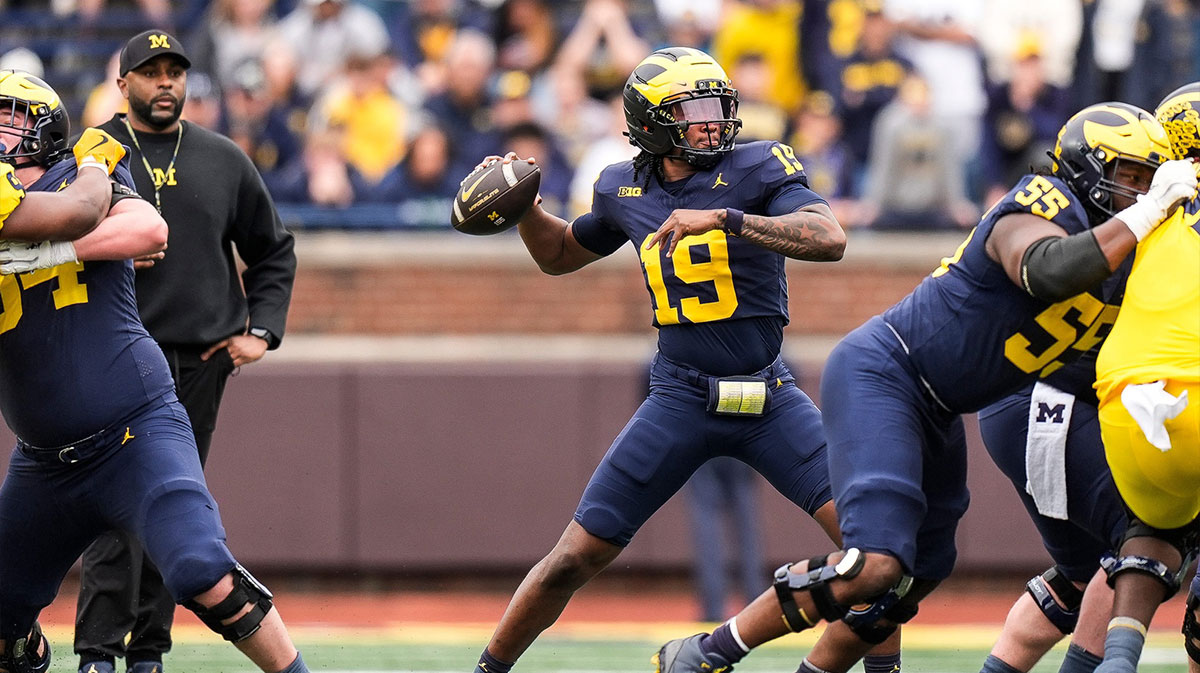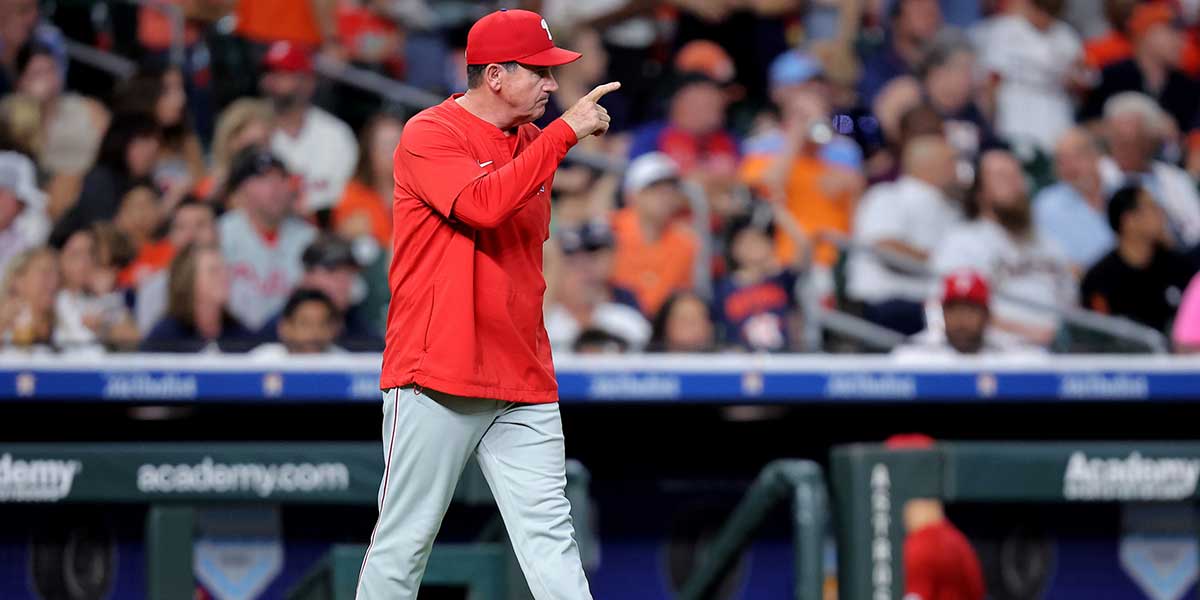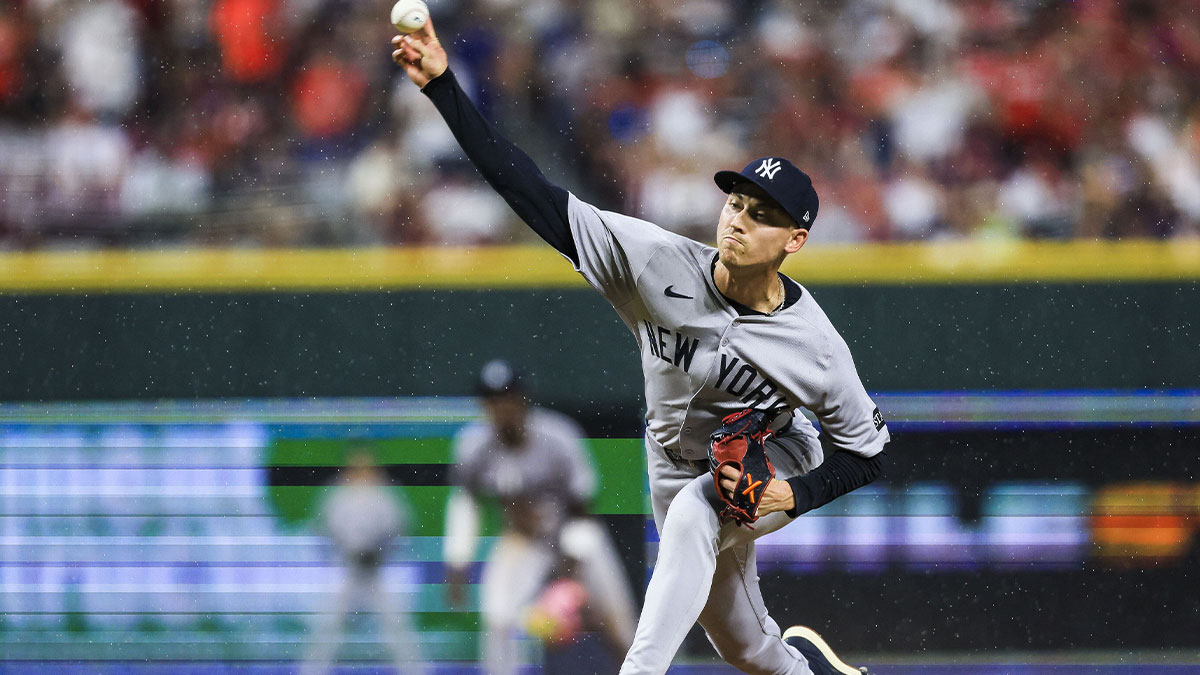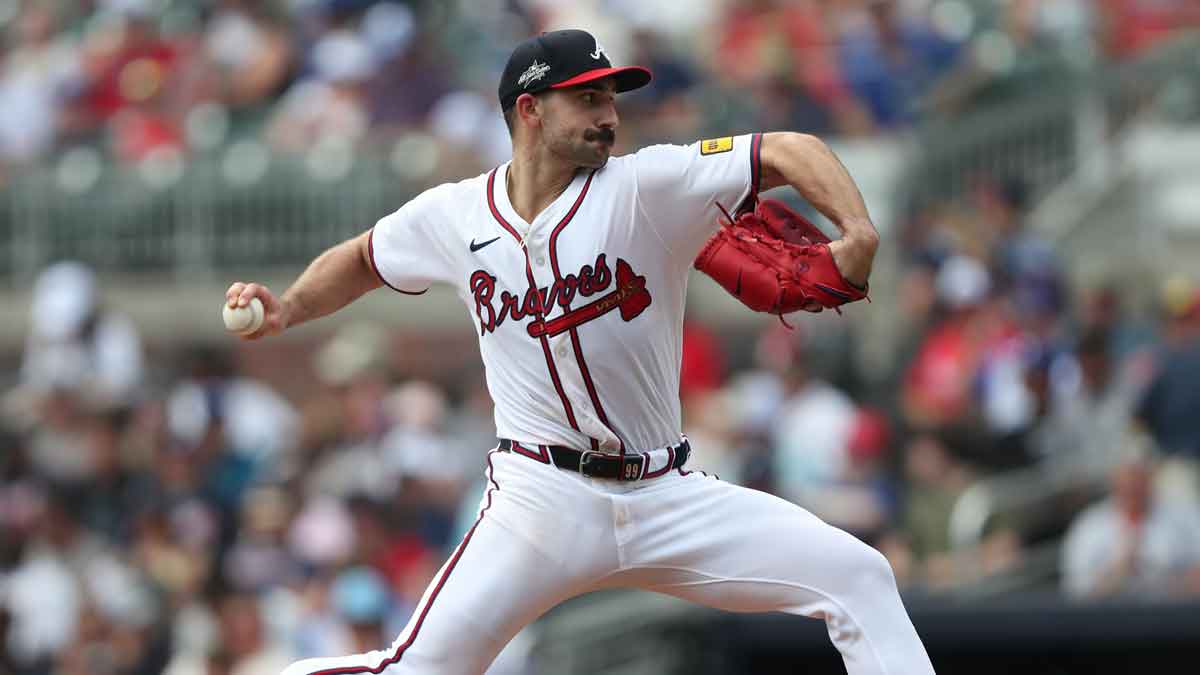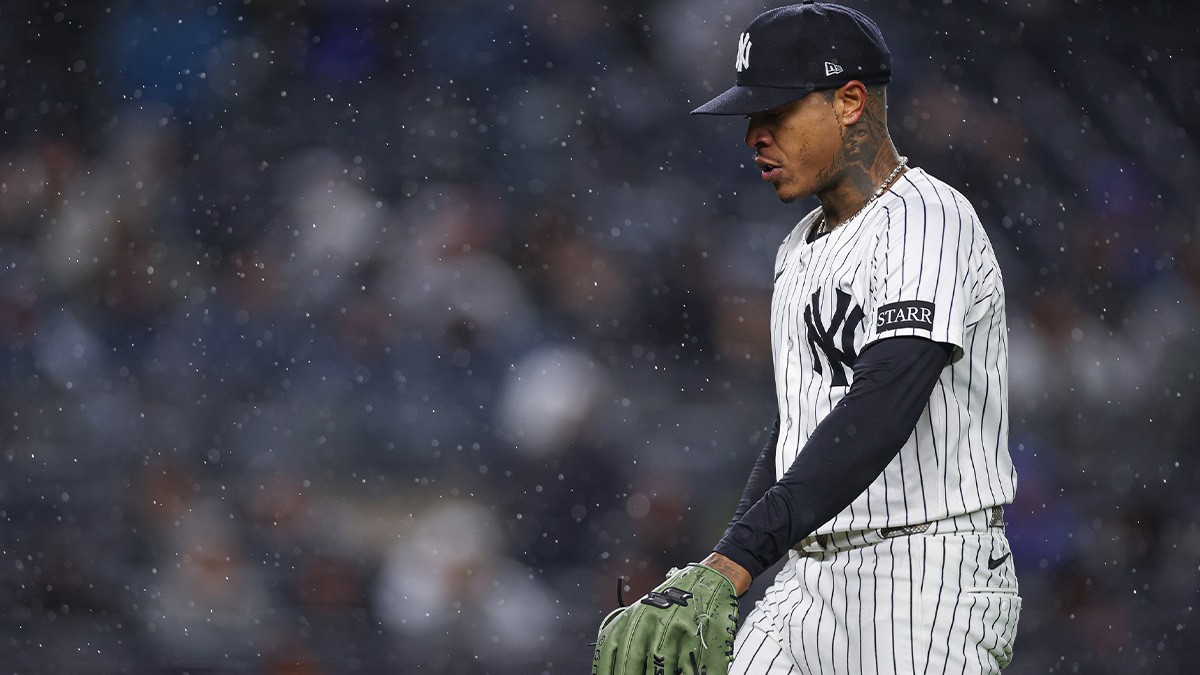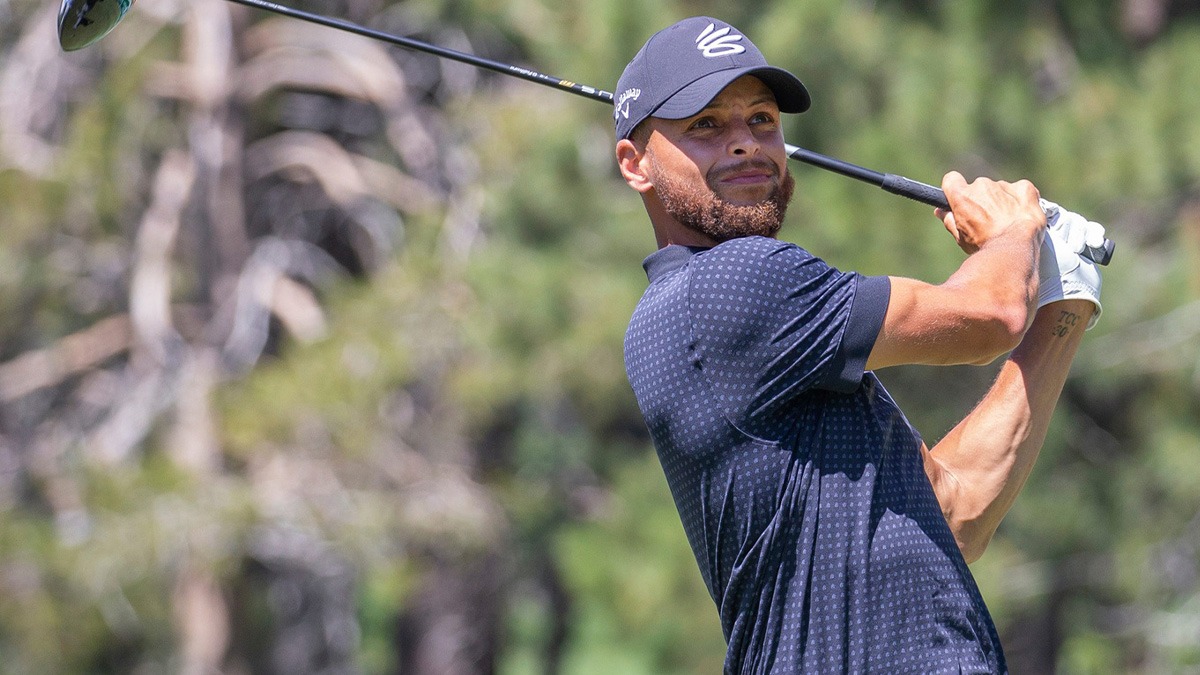The Cleveland Cavaliers played their first adjustment card in the series, inserting reputed Al Horford-neutralizer Tristan Thompson in the starting lineup.
Thompson made his presence felt quickly, scoring on an offensive rebound of a J.R. Smith missed layup. But every advantage the Cavaliers gain in an adjustment is simply a tradeoff somewhere else.
By going with the larger front court, Cleveland moved Marcus Morris off LeBron James, giving the Cavaliers’ icon a size mismatch once more, helping LeBron get off to an early start. But it also clogged the lanes for less competent creators like George Hill.
The Cavaliers gave Boston its best shot behind a barrage of LeBron James three-pointers, but the Celtics were able to weather the storm and stay within striking distance to close the gap when James’ unsustainable shooting regressed to the mean.
Boston’s ability to bend but not break guarding LeBron James in relatively single coverage allows the Celtics to shutdown auxiliary sources of offense, mitigating a 41-point triple-double effort from James.
These playoffs are showing the need to move beyond just pace-and-space, requiring complete skill sets from all five positions on the court. The strength of these Celtics is the ability to field multiple five-man combinations with each player able to attack from all three levels of the court and against a myriad of different types of defenders.
LeBron James certainly remains good enough to lead a one-star roster to the NBA Finals, but historically (the Hakeem Olajuwon Houston Rockets, 2003 Tim Duncan Spurs, and the Dirk Nowitzki Dallas Mavericks) those teams require perfect execution on both sides of the court.
All season long, the Cavaliers have used LeBron James a crutch more than foundation. Buoyed by his individual brilliance, now the Cavs are falling for lacking everywhere else.



